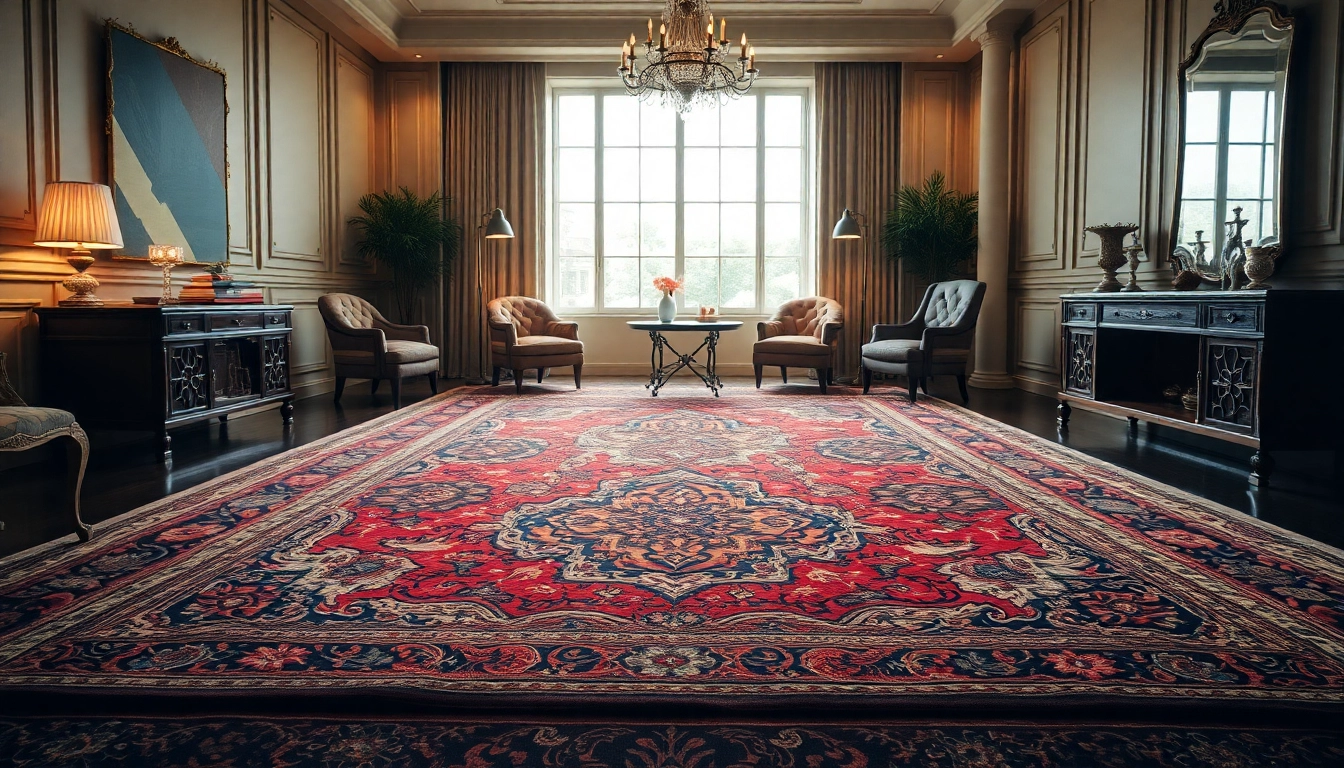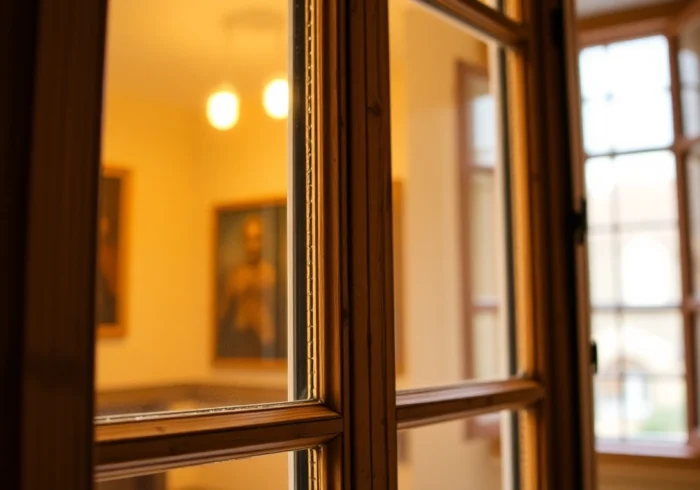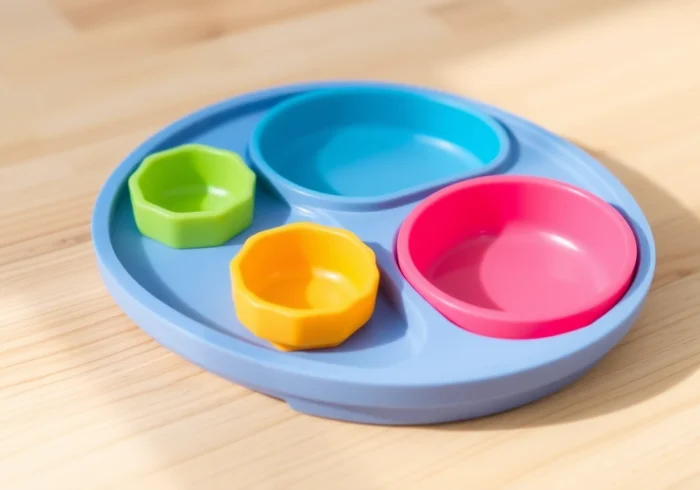Understanding the Authenticity of Tappeti Persiani in Milano
Milano, renowned for its vibrant design scene and appreciation for fine craftsmanship, is an ideal city to explore the allure of authentic Tappeti Persiani. These rugs are not mere floor coverings but are treasured pieces of cultural heritage, embodying centuries of artistry, tradition, and regional history. As discerning collectors and interior enthusiasts seek to add a touch of timeless elegance, identifying genuine Persian rugs becomes essential. This guide delves deep into what defines authentic Tappeti Persiani, how they have preserved their cultural significance, and practical tips for discerning their authenticity in the bustling markets of Milano.
Key characteristics of genuine Persian rugs
Authentic Tappeti Persiani exhibit distinctive features rooted in their regional origins and traditional craftsmanship. These rugs are typically handmade using high-quality natural materials like wool, silk, and cotton, which contribute to their durability and luxurious feel. The craftsmanship involves a meticulous knotting process, often using Persian knots (also known as asymmetrical knots) that produce intricate patterns and a dense pile.
Color palette plays a vital role—traditional dyes derived from plants and minerals yield vibrant, lasting hues. Common patterns include medallions, floral motifs, and geometric designs, each reflecting specific regional styles such as Tabriz, Isfahan, or Ghom. The back of an authentic rug reveals a mirror of the design, with tightly knotted threads and symmetrical patterning, a crucial aspect for authentication.
Size and proportions, as well as the symmetry of the motifs, are precise indicators. Genuine Persian rugs tend to be slightly irregular and unique—no two are perfectly identical—highlighting their handcrafted nature.
Historical significance and cultural heritage
Persian rugs hold a deep historical and cultural significance, symbolizing Persian artistry cultivated over millennia. Originating from Iran, these rugs serve not only as functional items but as expressions of regional identity, spiritual symbolism, and social status. Historically, they were woven for royalty, religious ceremonies, and wealthy households, often incorporating motifs inspired by mythology, nature, and Persian poetry.
Regions such as Tabriz, Kashan, Ghom, and Nain developed distinctive styles, each with unique weaving techniques and decorative vocabularies. Understanding these regional nuances enriches the appreciation for authenticity and guides collectors in evaluating the provenance of Roman holdings in Milano’s diverse market.
Moreover, the craftsmanship involved is passed through generations, preserving traditional methods amid modern influences. This heritage elevates Persian rugs from mere decor to cultural artifacts with significant emotional and historical value.
How to identify authentic Tappeto persiano Milano
Recognizing genuine Persian rugs in Milano’s market requires a keen eye and some knowledge of their craftsmanship. First, examine the foundation: handmade rugs will have uneven, hand-stitched fringes and a rugged, natural backing, unlike machine-made copies which often have synthetic backing and uniform knots.
Assess the knot density and craftsmanship: authentic rugs generally have a high knot count (measured in knots per square inch), indicating finer craftsmanship. A closer inspection of the knotting on the back reveals the quality—dense and precise knots are hallmarks of authenticity.
Material analysis is crucial—real wool, silk, or cotton is used in authentic Persian rugs. Synthetic fibers or low-quality wool can be telltale signs of a knockoff. Additionally, authentic dyes from natural sources fade slowly over time, offering a subtle patina, whereas synthetic dyes often exhibit unnatural brightness or uneven coloration.
Partnering with reputable dealers such as Tappeto persiano Milano allows buyers access to certified, high-quality rugs with provenance documentation. Always request certificates of authenticity, especially when purchasing higher-end pieces.
Choosing the Perfect Tappeto Persiano for Your Space
Size, color, and pattern considerations in Milano
When selecting a Persian rug, start with the size that complements your space. Smaller rugs work well in entryways or as accent pieces, while larger rugs are ideal for living rooms or dining areas. Measure your room precisely, allowing for adequate border space for furniture placement.
Color is pivotal in tying the rug to your interior decor. Traditional Persian colors include rich reds, deep blues, ivory, and earthy tones. Consider the existing palette of your room; a Rug with complementary hues can enhance the overall aesthetic. For modern interiors, neutral or subdued patterned rugs can provide a subtle yet sophisticated accent.
Pattern choices vary widely—from medallions and floral motifs to intricate geometric designs. Decide whether you wish your rug to serve as a focal point or a subtle background feature, and choose patterns aligned with your interior style—whether contemporary, classic, or eclectic.
Matching style with contemporary or classic interiors
In Milano’s diverse interior scene, Persian rugs are remarkably versatile. For a classic aesthetic, opt for richly detailed, medallion-laden designs with warm, deep color schemes. These evoke traditional elegance and can enhance formal living areas or historical interiors.
Conversely, for a contemporary or minimalist environment, select Persian rugs with geometric patterns, muted tones, or even distressed finishes that introduce a touch of tradition without overwhelming the modern vibe. Combining a high-quality Tappeti Persiani with sleek furniture creates a stunning contrast that emphasizes both craftsmanship and design.
Remember, the rug must complement the space’s proportions, furniture, and lighting to maximize visual harmony.
Tips on selecting high-quality materials and craftsmanship
Prioritize rug quality by inspecting materials—natural wool and silk are premium choices for their texture, sheen, and longevity. Handspun wool, in particular, offers softness alongside resilience. Silk, used for more luxurious pieces, often features delicate patterns with intricate detail.
Ensure the craftsmanship is meticulous: tight, symmetrical knots, well-finished edges, and an even pile height reflect superior artistry. Engage with certified artisans or established dealers who provide detailed provenance, free from synthetic mimics.
Investing in a well-crafted Persian rug not only guarantees durability but also preserves its value, making it a worthwhile asset for discerning buyers.
Top Destinations in Milano for Tappeto Persiano Shopping
Reputable stores and showrooms in Milan
Milano hosts an array of expert dealers and exclusive showrooms specializing in authentic Persian rugs. Notable among them is Toranj, known for high-quality, handwoven pieces with guaranteed provenance. Artorient Milano’s showroom offers a broad catalog of modern, antique, and Persian rugs, providing ample options for collectors and homeowners alike. Other reputable venues include Iranana, Taghavi Tappeti Orientali, and Lorraine’s Oriental Carpets, each providing expert advice, certification, and tailored services.
Services offered: restoration, customization, and delivery
Many Milanese shops provide comprehensive services beyond purchase. Restoration and repair are critical for maintaining the rug’s integrity—professionals use traditional techniques to restore worn areas without compromising authenticity. Customization options, such as size adjustments or bespoke designs, are available for discerning clients wanting a perfect fit.
Furthermore, logistics are streamlined—secure delivery, installation, and even climate-controlled storage options facilitate the seamless acquisition of these valuable pieces.
Pricing insights and value for investment
Pricing in Milano varies based on quality, size, age, and provenance. Entry-level handmade Persian rugs can start from €200-€500, with mid-range pieces averaging between €1,000 and €3,000. Antique or rare pieces, especially from renowned regions like Ghom or Kashan, can reach €10,000 or more. Strategic investments in authentic Tappeti Persiani offer not only aesthetic enhancement but also long-term value appreciation, given their cultural and historical significance.
Maintaining and Restoring Your Tappeto Persiano Milano
Cleaning tips to preserve intricate designs
Regular maintenance is key to longevity. Gentle vacuuming with a soft brush attachment prevents dust accumulation without damaging fibers. Avoid harsh chemical cleaners; instead, opt for specialized rug shampoos approved for natural fibers. Spills should be addressed immediately with blotting, not rubbing, to prevent color bleeding or fiber damage.
Professional restoration and repair services in Milano
For more significant damage, relying on professional restorers is essential. They employ antique conservation techniques—re-weaving, re-knotting, and dyeing—to restore the rug’s original beauty. Trusted Milanese experts can also perform color retouching and structural repairs, ensuring your investment retains its value and appearance over decades.
Long-term preservation tips for durability and beauty
Protection from direct sunlight prevents fading, while avoiding high-traffic areas minimizes wear. Use padded underlays for additional support and to prevent slippage. Routine professional cleaning every few years, coupled with proper storage during off-seasons, guarantees the lasting allure of your Tappeto Persiano.
Investing in Tappeti Persiani: Cost, Value, and Trends
Price ranges and factors influencing cost in Milano
As outlined, prices fluctuate based on craftsmanship, materials, age, rarity, and provenance. Newly made, high-quality Persian rugs typically range from €1,000 to €5,000 for standard sizes, while antique or bespoke pieces command higher premiums. Regional styles, weaving techniques, and defect-free, certified authenticity influence valuation.
Current market trends and future outlook
The market for authentic Persian rugs in Milano continues to grow, driven by increasing global interest in artisanal craftsmanship and cultural heritage. The demand for vintage and antique pieces remains strong, with a projected appreciation in value for well-maintained assets. Trends indicate a rising preference for ethically sourced, certified rugs, emphasizing transparency and provenance.
Why a Tappeto persiano Milano is a valuable asset
Owning a genuine Persian rug in Milano reflects a commitment to artistic tradition and offers a unique, luxurious accent for any interior. Beyond aesthetics, these rugs serve as long-term investments—appreciating in value while providing cultural enrichment. Their timeless appeal ensures they remain relevant regardless of changing design trends, making them a treasured inheritance for generations.



